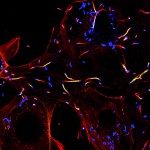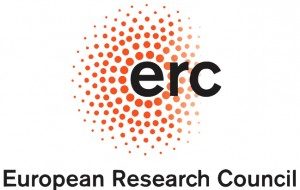Présentation
Anaphylaxis is a hyperacute allergic reaction of increasing incidence that can be of fatal consequence and that has no specific treatment. Anaphylaxis is thought to rely on mechanisms involving mast cells that bear allergen-specific IgE and that release histamine when encountering allergen. Clinical cases, however, report anaphylaxis in the absence of specific IgE or medical history of allergy. We reported that murine models of anaphylaxis rely on IgG, rather than on IgE, that enable neutrophils, monocytes and basophils, rather than mast cells, to release Platelet Activating Factor following engagement of their IgG receptors. Supporting these findings, allergen-specific IgG are found in anaphylactic patients, and we reported that anaphylaxis in mice expressing a human IgG receptor relies also on circulating myeloid cells.
We aim at unraveling the parameters that control anaphylaxis in a novel clinically-relevant model of drug-induced anaphylaxis, strengthened by human-based studies involved patients undergoing drug-induced anaphylaxis in collaboration with clinicians and, altogether, rethink the principles of anaphylaxis.
Do allergen-specific IgG concur to anaphylaxis in humans?
Do these IgG antibodies regulate IgE-induced reactions?
Which IgG receptors are involved?
In which tissue does the anaphylactic reaction start?
Which cell type(s) are responsible?
Among the mediators that are released, which ones are responsible for the shock?
Can an anaphylactic reaction be stopped specifically for an allergen?
We propose to address these questions by exploiting humanized mice we obtained and by establishing novel models, by visualizing anaphylactic reactions in real time in vivo, by dissecting the cascade of events leading to the shock. Finally, we aim at establishing the proof of concept of allergen capture/encapsulation and propose the first allergen-specific strategy for treating the life-threatening clinical situation that represents drug-induced anaphylaxis.





